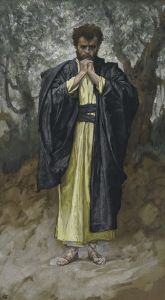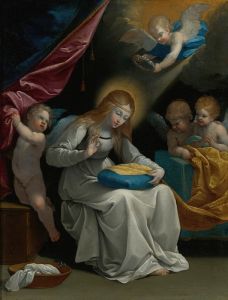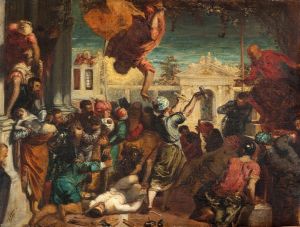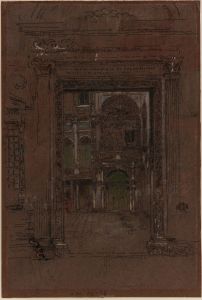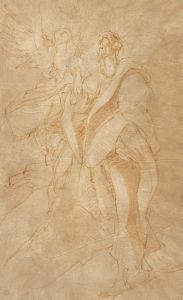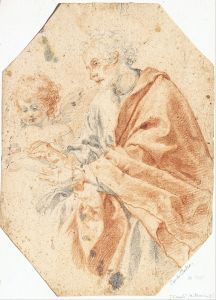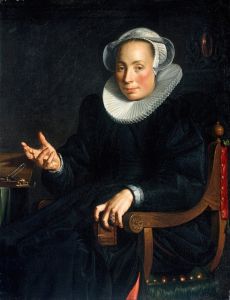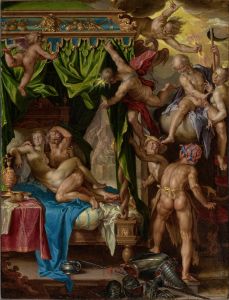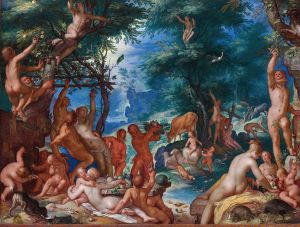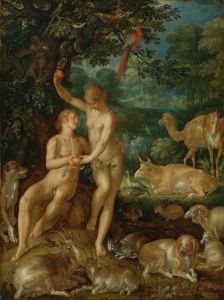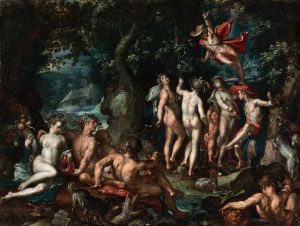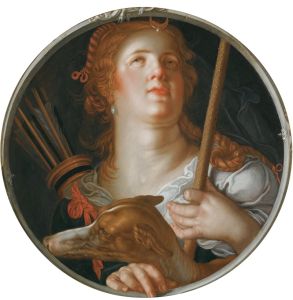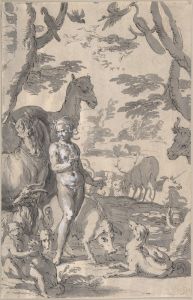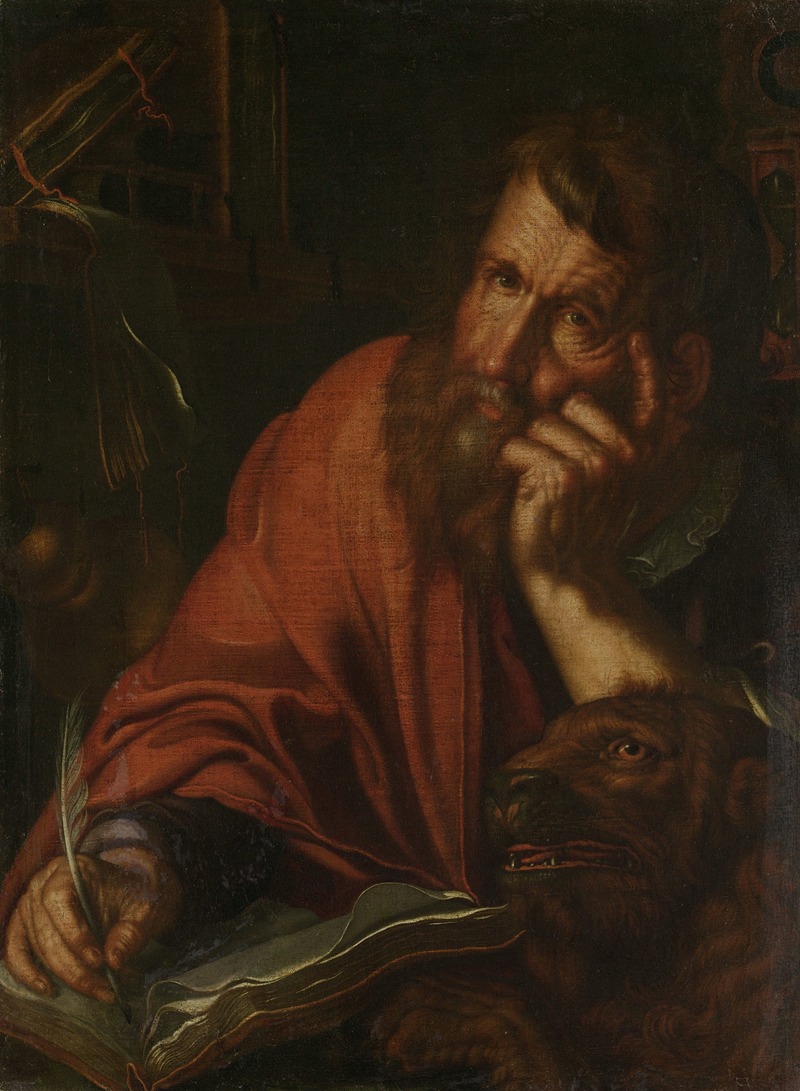
The Evangelist Saint Mark
A hand-painted replica of Joachim Wtewael’s masterpiece The Evangelist Saint Mark, meticulously crafted by professional artists to capture the true essence of the original. Each piece is created with museum-quality canvas and rare mineral pigments, carefully painted by experienced artists with delicate brushstrokes and rich, layered colors to perfectly recreate the texture of the original artwork. Unlike machine-printed reproductions, this hand-painted version brings the painting to life, infused with the artist’s emotions and skill in every stroke. Whether for personal collection or home decoration, it instantly elevates the artistic atmosphere of any space.
Joachim Wtewael's The Evangelist Saint Mark is a painting attributed to the Dutch Mannerist artist Joachim Wtewael (1566–1638). Wtewael, known for his intricate compositions and vibrant use of color, was a prominent figure in the Utrecht school of Mannerism during the late 16th and early 17th centuries. His works often featured religious, mythological, and allegorical themes, rendered with meticulous detail and a distinctive style that reflected the influence of Italian Mannerism.
This particular painting depicts Saint Mark, one of the four evangelists of the New Testament, traditionally associated with the authorship of the Gospel of Mark. In Christian iconography, Saint Mark is often represented with a lion, a symbol derived from the four living creatures described in the Book of Ezekiel and the Book of Revelation. While specific details about the composition of The Evangelist Saint Mark are not widely documented, it is consistent with Wtewael's oeuvre to include dynamic poses, rich coloration, and a high level of detail in the depiction of figures and their surroundings.
Wtewael's works were characterized by their small scale and intricate execution, often painted on copper or panel. His Mannerist style is evident in the elongated proportions of his figures, dramatic gestures, and complex spatial arrangements. These elements were likely present in The Evangelist Saint Mark, aligning with the artist's broader body of work.
The painting is an example of the religious art that flourished during the Dutch Golden Age, a period marked by a tension between the Protestant Reformation and the continued influence of Catholic traditions in art. Wtewael, a committed Calvinist, nonetheless produced works that adhered to the elaborate and expressive style of Mannerism, which was more commonly associated with Catholic art.
As of now, detailed information about the current location, provenance, or specific dimensions of The Evangelist Saint Mark is not readily available in public records. However, the painting remains an important example of Wtewael's contribution to religious art and the Mannerist movement in the Netherlands.





